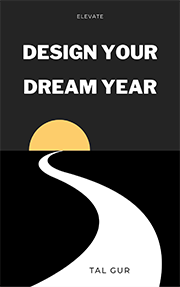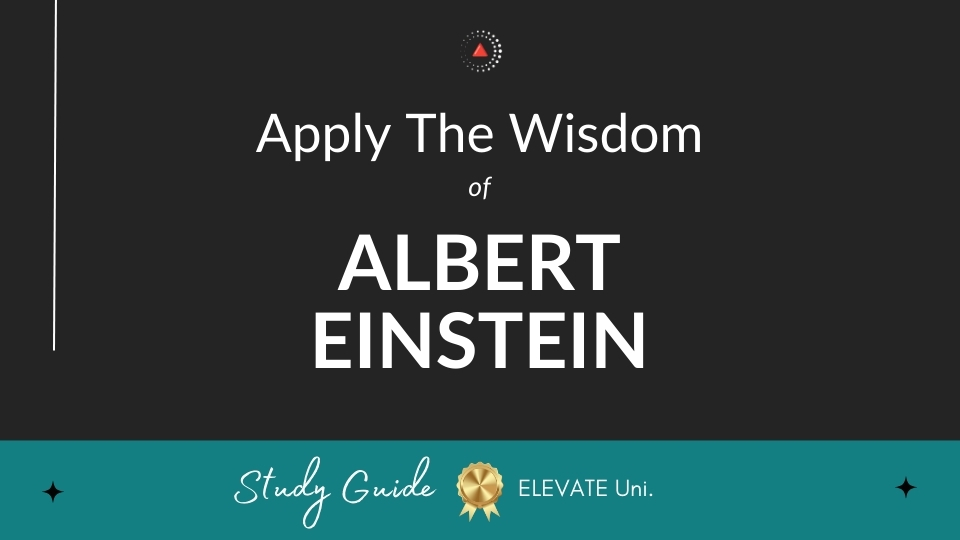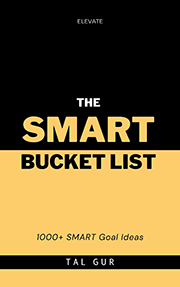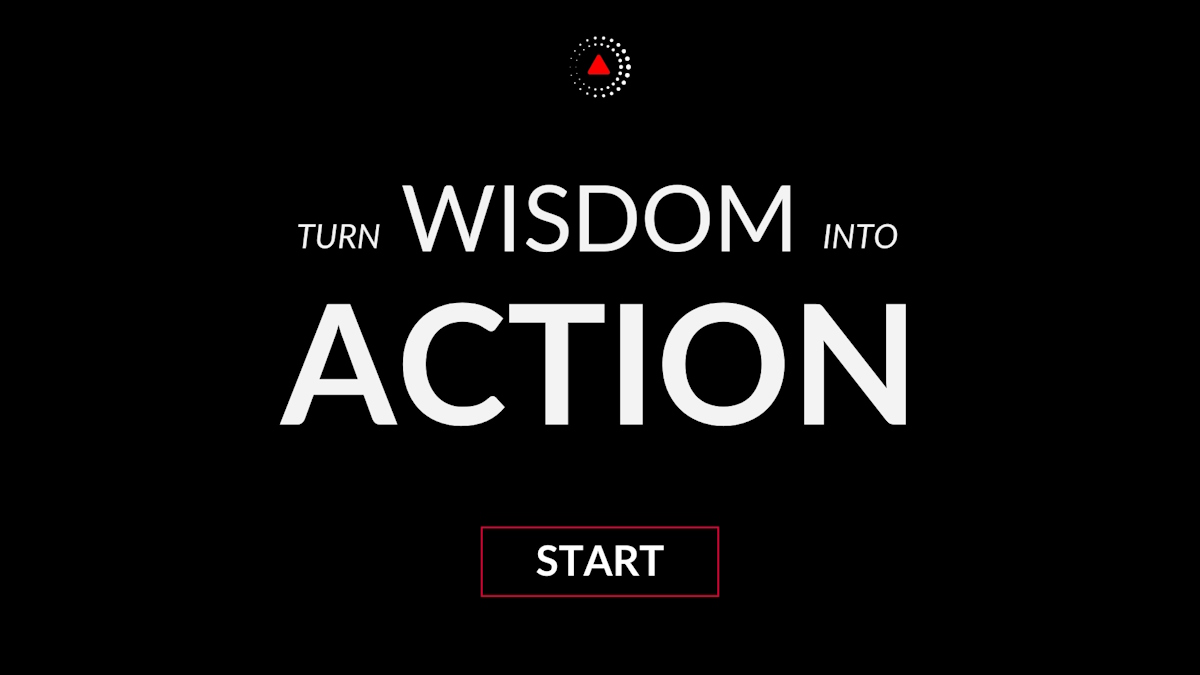It is the theory that decides what can be observed.
What's the meaning of this quote?
Quote Meaning: At its core, this quote delves into the intricate relationship between theory and observation, hinting at the profound impact that our preconceived notions and beliefs can have on the way we perceive the world. Let's unpack it.
Imagine standing in front of a vast landscape, observing its details, colors, and patterns. According to this quote, what you see and interpret is not solely dictated by what is objectively present but is heavily influenced by the theoretical framework through which you view it. In essence, it suggests that our understanding of reality is filtered through the lens of our theories, shaping what we perceive as observable and significant.
To illustrate, consider a scientist studying a natural phenomenon, such as the behavior of subatomic particles. The theories and hypotheses they hold about the nature of these particles profoundly impact the experiments they design and the observations they make. Their theoretical framework guides them in selecting what to observe, how to measure it, and how to interpret the results. Thus, the theory not only informs but also constrains what can be observed in the first place.
This concept extends beyond the realm of science into various aspects of human experience. In everyday life, our beliefs, values, and cultural backgrounds shape the way we perceive events and interactions. For instance, two people witnessing the same event may have vastly different interpretations based on their ideological perspectives.
Furthermore, this quote suggests that our theories are not merely passive frameworks but active participants in shaping our reality. As we engage with the world, our theories evolve and adapt, influencing subsequent observations and perpetuating a continuous cycle of interpretation and revision.
However, the quote also raises a cautionary note about the potential limitations of our theories. If we become too entrenched in a particular theoretical framework, we risk overlooking or dismissing observations that do not align with our preconceived notions. This can hinder intellectual growth and limit our understanding of the complexities of the world around us.
In essence, the quote challenges us to recognize the dynamic interplay between theory and observation, urging us to approach both with an open mind and a critical eye. By acknowledging the influence of our theories on what we perceive as observable, we can strive for a deeper understanding of reality that transcends the constraints of our preconceptions.
Who said the quote?
The quote "It is the theory that decides what can be observed." is often attributed to Albert Einstein (Bio / Quotes). Albert Einstein was a German physicist and Nobel Prize winner who is widely regarded as one of the most influential scientists in history.
Applying the quote to your life
Unlock Einstein's wisdom and apply it to your life by getting the in-depth Albert Einstein Workbook & Study Guide, complete with top quotes, insightful commentary, reflective questions, and practical uses for everyday life. 👇
To apply more wisdom, get the All-Access Pass, which includes hundreds of study guides from the world's top minds. These include deep insights from individuals such as Nelson Mandela, Steve Jobs, and Albert Einstein, as well as some of the top authors and personal development books.
What are Albert Einstein's Best Quotes?
Watch on Elevate's YouTube channel and be sure to subscribe for more wisdom and insights from the world's top minds.
Subscribe on YouTube to get the latest quote videos delivered straight to you:
Is there a historical example that illustrates the message of the quote?
The quote "It is the theory that decides what can be observed" speaks to the idea that our understanding of the world is shaped by the theories and frameworks we use to interpret observations. A historical example that vividly illustrates this concept is the transition from classical physics to quantum mechanics in the early 20th century.
In the 19th century, classical physics, founded by figures like Isaac Newton, provided a framework that effectively explained a wide range of physical phenomena. Scientists of the time operated under the assumption that particles and waves behaved according to well-defined laws, such as Newton's laws of motion and Maxwell's equations for electromagnetism. This framework allowed them to make accurate predictions about everything from planetary orbits to electrical circuits.
However, as experiments became more precise and explored the microscopic scale, it became clear that classical physics was inadequate for explaining phenomena at the quantum level. For instance, experiments involving the behavior of electrons and photons—such as the double-slit experiment—revealed results that contradicted the predictions of classical theories. Electrons were observed to exhibit both particle-like and wave-like properties, a behavior that classical physics could not explain.
This led to the development of quantum mechanics, a new theoretical framework proposed by physicists like Max Planck, Albert Einstein, Niels Bohr, and Werner Heisenberg. Quantum mechanics introduced concepts such as wave-particle duality and the uncertainty principle, radically altering the way scientists interpreted experimental results. For example, the concept of wave-particle duality was not something that classical theory could "observe" or explain because it did not exist within its framework. Only with the new quantum theory did it become possible to understand and observe these phenomena.
In essence, it was the new theory of quantum mechanics that determined what could be observed and understood about the microscopic world. The theory provided the lens through which previously unexplained or puzzling observations were made sense of, highlighting how our theoretical models shape the scope and nature of our observations.
How can the quote be applied in a real-life scenario?
The quote "It is the theory that decides what can be observed" can be applied to various real-life scenarios, illustrating how our perspectives and frameworks influence our understanding and decision-making.
Consider the realm of business innovation. A company operating within a traditional industry may have a theory of success based on established practices and existing market norms. For instance, a manufacturing company might focus heavily on optimizing production efficiency and cost reduction based on its understanding of industry best practices and historical performance data.
However, when a disruptive technology or a new market trend emerges—such as the rise of digital platforms or sustainable practices—the company's traditional theory may not fully account for these new variables. The existing framework might lead the company to overlook or underestimate the significance of these innovations, limiting its ability to observe and respond to emerging opportunities or threats.
For example, Blockbuster, once a dominant player in the video rental industry, operated under a theory that success depended on physical rental stores and late fees. This framework led Blockbuster to overlook the potential of digital streaming, a disruptive innovation introduced by companies like Netflix. Netflix's theory of success, based on online streaming and subscription models, allowed it to observe and capitalize on changing consumer preferences and technological advancements. As a result, Netflix was able to transform the entertainment industry, while Blockbuster struggled to adapt.
In personal development, the same principle applies. Suppose you have a theory about what makes you successful in your career—perhaps you believe that working long hours and networking aggressively are the keys to advancement. This theory will shape your approach and observations. If a new theory emerges, such as the importance of work-life balance and skills development over sheer hours worked, your ability to observe and implement these new insights may depend on how open you are to revising your theory.
Ultimately, the quote emphasizes that our theoretical frameworks not only guide our observations but also limit or expand our understanding of the world. Being aware of this can encourage flexibility and openness to new ideas, allowing us to better adapt to changes and seize opportunities that might otherwise remain hidden within the constraints of outdated or limited theories.
Chief Editor
 Tal Gur is an author, founder, and impact-driven entrepreneur at heart. After trading his daily grind for a life of his own daring design, he spent a decade pursuing 100 major life goals around the globe. His journey and most recent book, The Art of Fully Living, has led him to found Elevate Society.
Tal Gur is an author, founder, and impact-driven entrepreneur at heart. After trading his daily grind for a life of his own daring design, he spent a decade pursuing 100 major life goals around the globe. His journey and most recent book, The Art of Fully Living, has led him to found Elevate Society.






















